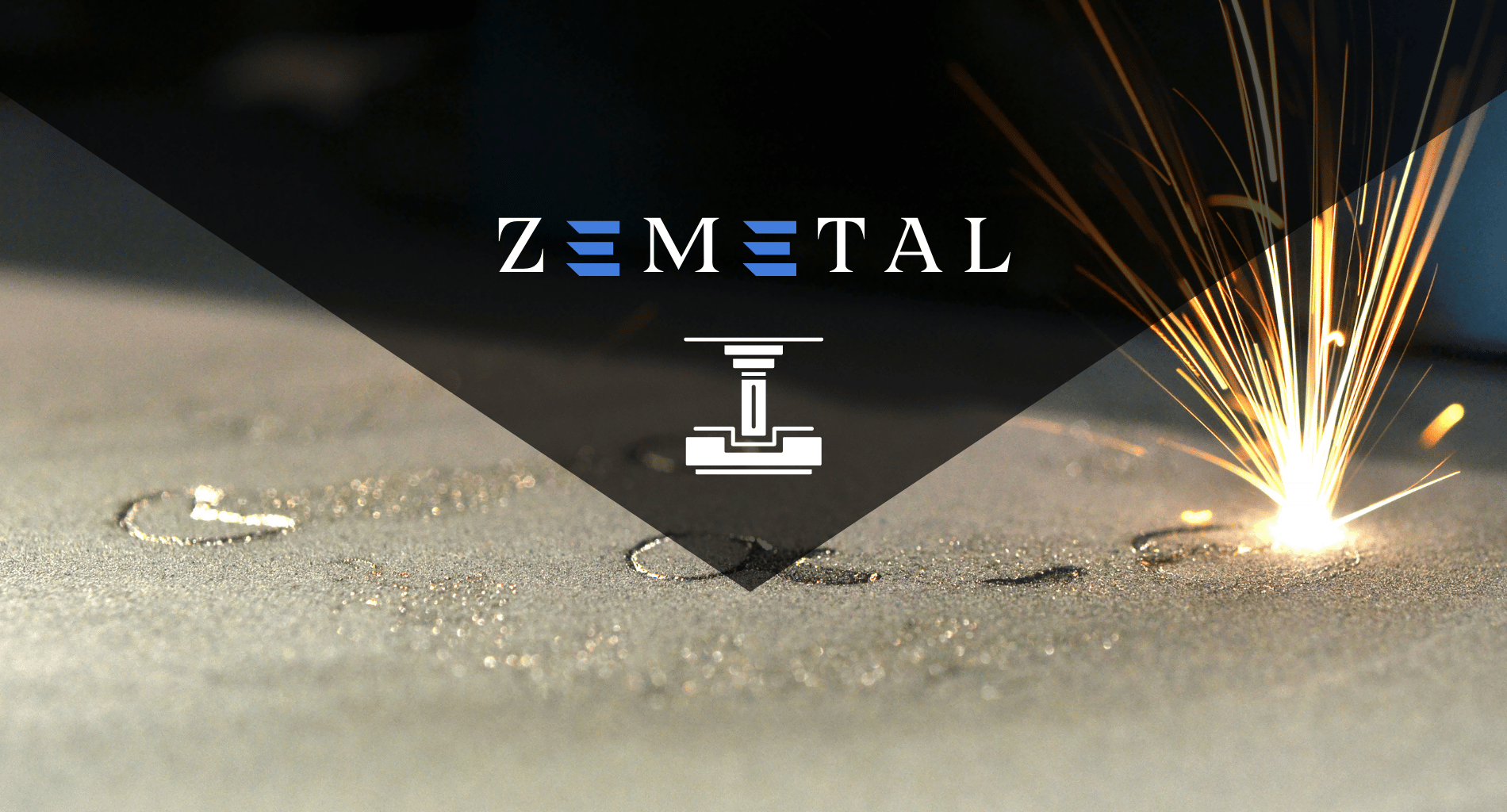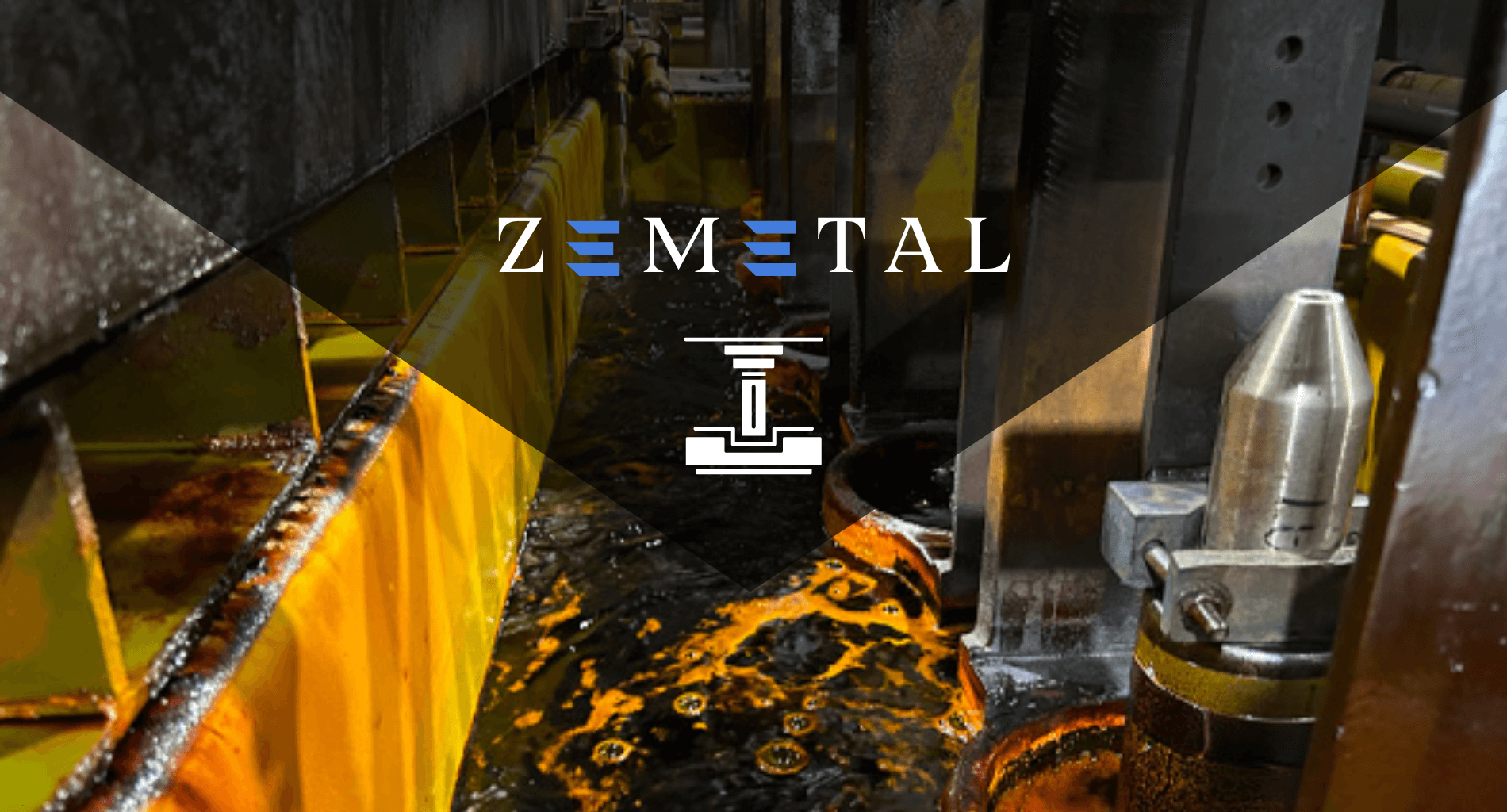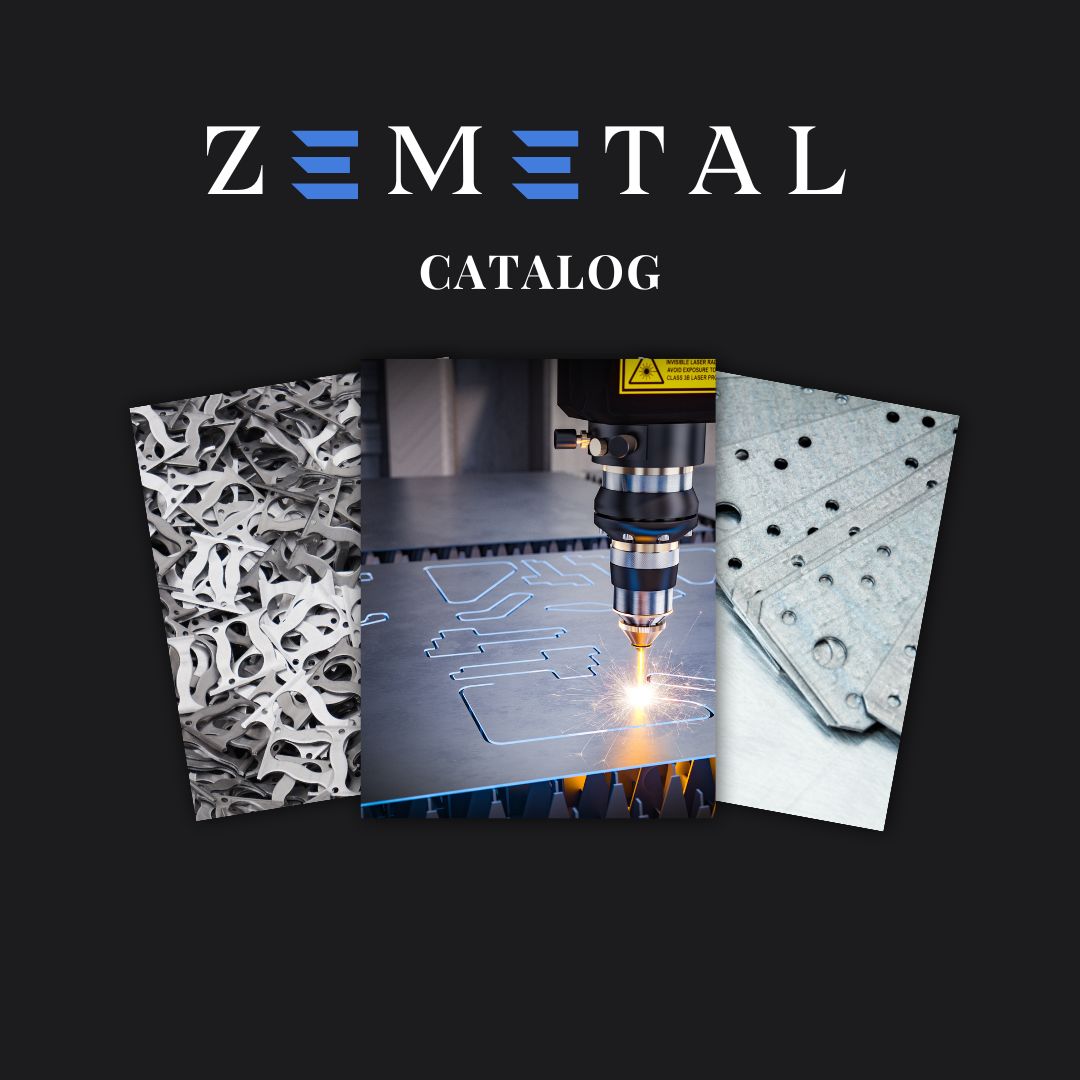Has anyone wondered how precise and detailed metal parts are crafted in today’s high-tech world? The secret often lies in the laser cutting process, a method that combines precision, efficiency, and versatility in metal fabrication.
With years of expertise in metal fabrication services, I bring a wealth of knowledge and experience to the table. My insights are drawn from extensive hands-on experience, ensuring that the information I share is both practical and valuable for your business.
The laser cutting process is a significant leap in the metal fabrication industry, transforming design and production, enabling unmatched precision and creativity.
In this guide, we will explore the 8 essential steps of the laser cutting process. From initial design to the final inspection, each step is crucial for achieving the best results.
Read on to master laser cutting and elevate your metal fabrication projects.
Step#1 Design and Preparation
Before diving into the actual cutting, design and preparation lay the groundwork for successful laser cutting. This initial phase is where ideas take shape, and precision planning ensures flawless execution. Let’s explore the key components of this crucial step:
- Client Specifications Review: The process begins with a comprehensive review of client specifications. This includes understanding the desired dimensions, material type, and application of the final product. Precision in this step ensures that the design aligns perfectly with client needs.
- Advanced Design Creation: Utilizing state-of-the-art CAD software, a detailed design is crafted. This digital blueprint is crucial for guiding the laser cutter, ensuring accuracy down to the minutest detail.
- Material Selection and Procurement: Selecting the appropriate material is key. Factors like material type, thickness and quality play a pivotal role in the cutting process and influence the quality of the final product.
- Laser Cutter Configuration: In configuring the laser cutting machine, setting precise parameters like speed, power, and frequency is key to the process’s success.
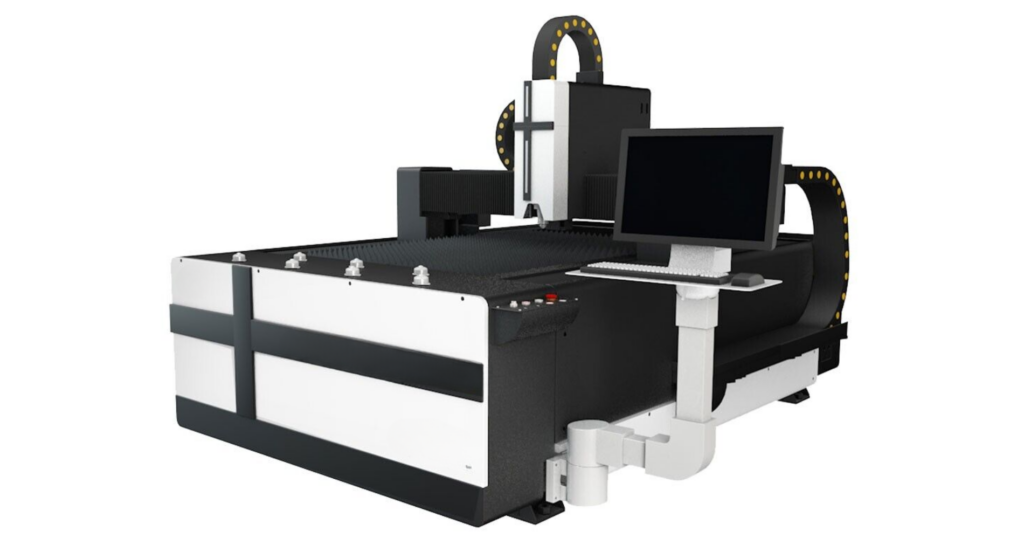
Step#2 Gathering Materials
With the design and preparation complete, the next crucial step is gathering the right materials. This phase ensures that the envisioned design is achievable with the selected resources. Here’s a discussion on the key aspects of material gathering for laser cutting:
- Sourcing Metal Sheets: Key materials in laser cutting include stainless steel, mild steel, aluminum, and brass. Each is chosen based on the project’s specifications. For example, stainless steel is preferred for its durability and corrosion resistance in outdoor applications.
- Quality and Condition: Once sourced, materials like sheets of acrylic or polycarbonate are thoroughly inspected for any surface imperfections or internal stresses. A flawless surface means a smoother cut and a finer finished product.
Here’s a concise table summarizing the importance of quality and condition in materials like acrylic or polycarbonate for optimal product finishing:
| Material Type | Quality Check | Importance for Finished Product |
| Acrylic | Surface Inspection | Ensures smooth cuts and a high-quality finish |
| Polycarbonate | Stress Analysis | Prevents future product deformations or failures |
| Acrylic | Thickness Consistency | Guarantees uniformity in production and appearance |
| Polycarbonate | Clarity Check | Essential for applications requiring transparency |
| Acrylic | Color Uniformity | Critical for aesthetic consistency in finished products |
- Pre-Cut Preparation: Then, materials often need to be resized to fit the laser cutter’s bed. A large sheet of mild steel might be cut down to smaller pieces to match the dimensions of the design.
- Organization for Efficiency: Lastly, keeping materials well-organized is crucial. This might involve categorizing sheets by type and thickness or labeling them with specific project names for quick retrieval.
Step#3 Setting Up the Laser Cutter
Once the materials are ready, the next crucial stage is setting up the laser cutter. This involves configuring the machine to align with the project’s specifications, ensuring precision in the cutting process. Let’s take a look at the essential aspects of this setup:
- Programming the Cutter: Firstly, inputting the design from the CAD software into the laser cutter’s control system. This step translates the digital design into instructions for the machine.
- Material Positioning: Secondly, placing the material correctly on the cutting bed is crucial. It must be aligned properly to ensure the cuts are made in the right locations.
- Test Run: Next, perform a test run using the predetermined settings on a scrap piece. This step is crucial for detecting any necessary adjustments before beginning the actual cutting process.
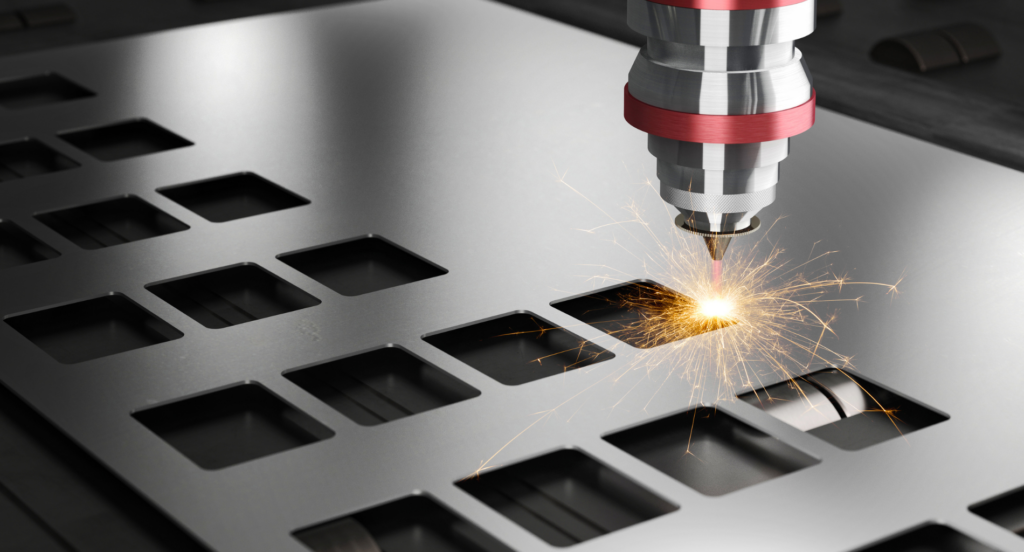
- Safety Checks: Lastly, ensuring all safety measures are in place, such as checking the extraction system and ensuring protective gear is used.A meticulous approach to safety not only protects the operators but also enhances the quality of the work.
Step#4 Calibration and Safety Checks
After setting up the laser cutter, the focus shifts to calibration and safety checks, critical for ensuring both the accuracy of the cuts and the safety of the operation. Let’s delve into these key procedures:
- Laser Alignment: Precise laser alignment is crucial for accurate cutting. This involves adjusting the laser to ensure it is perfectly centered and focused on the material’s surface. Any misalignment can lead to errors in the cutting process.
- Lens and Mirror Inspection: Regular inspection and cleaning of the lenses and mirrors in the laser cutter are necessary. Dirty or damaged lenses and mirrors can distort the laser beam, affecting the cut quality.
- Machine Calibration: Checking and adjusting the laser cutter’s speed, power, and frequency demonstrates technology’s precision, which is driving the market’s growth. Projected to reach US$ 5,974.1 million by 2032, this expansion reflects technology’s advancements, as noted by FMI.
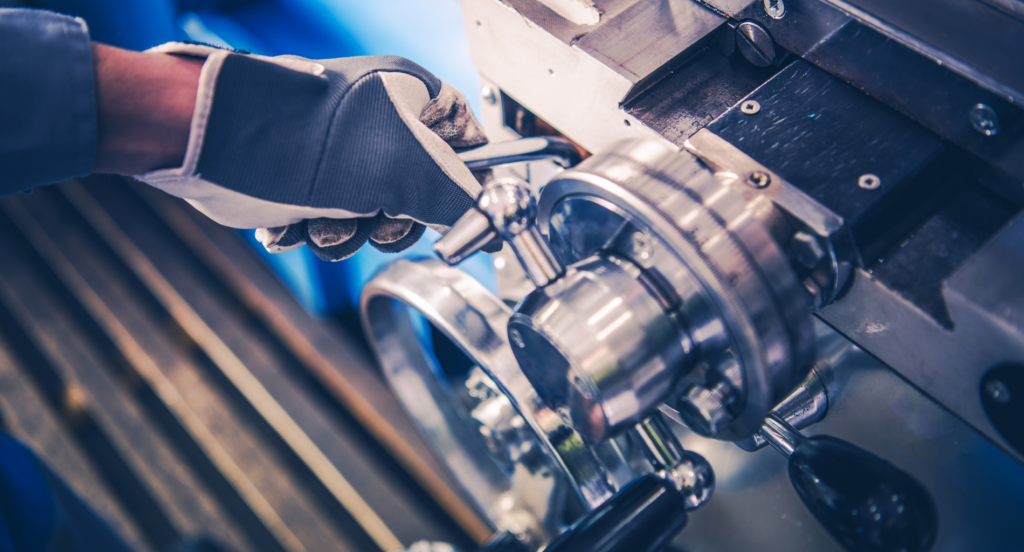
- Safety Protocols: Ensuring all safety measures are in place is non-negotiable. This includes verifying that the extraction system is functioning correctly to remove harmful fumes and that emergency stop buttons are accessible.
- Operator Training: Operators should be well-trained in handling the laser cutter and aware of all safety procedures. Having witnessed how proper training can prevent accidents and improve efficiency, it’s clear that investing in skilled operators is invaluable.
Step#5 The Cutting Process
Following the laser cutter calibrated and safety measures in place, it’s time to begin the actual cutting process. This stage is where the design comes to life, transforming a mere concept into a tangible product. Let’s take a closer look at what this involves:
- Initiating the Cut: The laser cutter starts by following the programmed path from the CAD file. Precision at this stage is crucial to ensure the final product matches the design specifications.
- Monitoring the Process: Continuous monitoring is essential to ensure the laser cutter operates as intended. Adjustments might be necessary if any deviations from the expected cutting path are noticed.
- Handling Heat Effects: The intense heat from the laser can affect the material. Techniques like using a lower power setting or adjusting the speed help in managing these effects, preserving the integrity of the material.
- Cutting Various Shapes and Designs: The laser cutter is capable of creating detailed designs and complex shapes with high precision. Brands like Zemetal utilize advanced laser cutting technology to produce detailed and accurate cuts in every project.
- Post-Cut Inspection: After the cutting process, a thorough inspection of the cut pieces is essential. Attention to detail during this phase ensures that each piece meets the high standards of quality and precision.
Step#6 Monitoring and Adjustments
Once the cutting process is underway, continuous monitoring and making necessary adjustments become essential. This step ensures that the final product adheres to the set specifications and quality standards. Let’s examine the vital elements of this stage:
- Real-Time Monitoring: Constant observation of the laser cutter in action is necessary. This allows for immediate detection of any issues, such as deviations from the cutting path or unexpected material reactions.
- Adjusting Settings: Based on the observations, adjustments to the laser’s settings may be required. This could involve tweaking the power, speed, or focus of the laser to adapt to the material’s response or design complexities.
- Quality Spot-Checks: At Zemetal, periodic pauses in the ongoing work are essential to perform spot-checks on the cut quality. This meticulous process might involve examining the edges of cutouts for checking the dimensions against the design specifications, ensuring each piece meets high standards.
- Post-Cut Adjustments: Once the cutting is complete, the final pieces are reviewed, and any additional adjustments are made. This could involve additional cutting for finer details or smoothing out edges for a perfect finish. It’s about fine-tuning the product to meet the exact specifications.
Step#7 Quality Control and Error Checking
Building the cutting and adjustments, quality control and error checking are crucial to ensure the product meets the desired standards. Below are the processes involved in this meticulous stage:
- Dimensional Accuracy: The first step in quality control is verifying the dimensional accuracy of the cut pieces. This involves measuring the dimensions of the final product and comparing them with the original design specifications to ensure they are within the acceptable tolerance range.
- Visual Inspection: A thorough visual inspection is conducted to identify any surface imperfections, for example, burrs, warping or discoloration. This step is crucial in maintaining the aesthetic quality of the final product.
- Material Integrity: Checking the integrity of the material post-cutting is essential. This includes examining for any thermal damage, cracks, or structural weaknesses that might have occurred during the cutting process.
- Corrective Actions: If any discrepancies or errors are found during the inspection process, corrective actions are taken. This might involve re-cutting the material or performing additional finishing processes. A meticulous attention to these details ensures that only products of the highest quality are delivered.
Step#8 Post-Cutting Procedures
For the final stage in the laser cutting process, post-cutting procedures are essential to ensure the product’s readiness for its intended application. These steps are critical in refining and protecting the finished pieces. Let’s explore the key aspects of this concluding phase:
- Deburring and Edge Finishing: Removing any sharp edges or burrs left from the cutting process. This step is crucial for safety and for preparing the pieces for assembly or further processing.
- Cleaning and Surface Treatment: The cut pieces are cleaned to remove any residues or debris. Surface treatments, such as painting or coating, may be applied depending on the project requirements.
- Final Inspection: A thorough final inspection is conducted to ensure that the pieces meet all the specified requirements. This includes a check for any missed imperfections during the earlier quality control phase.
- Packaging and Labeling: The finished products are then carefully packaged and labeled for shipping or storage. This includes protecting the pieces from damage and ensuring they are organized for easy identification.

- Documentation and Feedback: Completing all necessary documentation for the project and providing feedback to the team or clients. This step often highlights areas for improvement and celebrates the successful completion of a project.
Conclusion
The laser cutting process, with its detailed blend of technology, precision and expertise, stands as a testament to the sophistication in modern metal fabrication. This guide has illuminated each critical step, providing a clear pathway to achieving exceptional results in your laser cutting projects.
For those seeking precision and excellence in laser cutting, Zemetal is your go-to partner. Reach out to us for a collaboration that transforms your metal fabrication visions into reality.
Dive Deeper Into Our Resources
Looking for more diverse service options? Browse through our handpicked selections:
Still haven’t found what you’re looking for? Don’t hesitate to contact us. We’re available around the clock to assist you.


